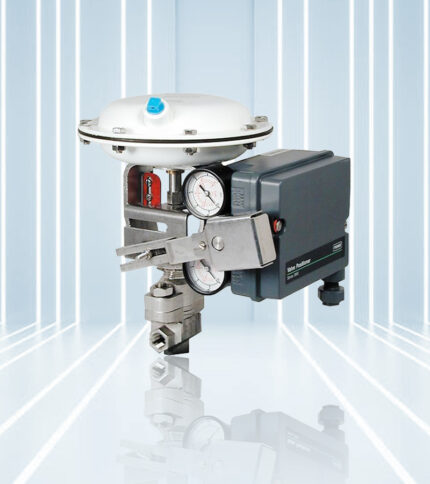Description
The Safety Relief Valve is an essential safety device engineered to safeguard equipment, piping, and systems from overpressure events. It functions as a fail-safe mechanism that automatically activates when pressure exceeds a predefined threshold, opening to relieve excess pressure and prevent potential damage or catastrophic failures. Our Safety Relief Valve operates based on the principle of pressure sensing and actuation. When pressure within the system surpasses the setpoint, the valve’s spring-loaded mechanism or pilot-operated system triggers the valve to open, allowing the release of pressurized fluid or gas. Once pressure returns to safe levels, the valve reseats, restoring normal system operation.
Engineered for reliability and durability, our safety relief valve is constructed from high-quality materials such as stainless steel, bronze, or alloy steel, ensuring resilience against corrosion, erosion, and wear. The valve’s robust design and precision manufacturing techniques enable it to withstand harsh industrial environments and maintain consistent performance over time. Key features of our Safety Relief Valve include adjustable setpoints, which allow operators to customize pressure release levels to meet specific application requirements, and a tight shut-off design to prevent leakage when the valve is closed. Some models may also offer pilot-operated designs for enhanced pressure control and stability.
Benefits
- Equipment Protection: The Safety Relief Valve prevents damage to equipment, pipelines, and vessels by releasing excess pressure before it reaches unsafe levels, prolonging equipment lifespan.
- Personnel Safety: Ensures the safety of personnel by preventing catastrophic failures and the release of hazardous substances due to overpressure conditions.
- Regulatory Compliance: Helps organizations comply with industry regulations and safety standards by providing essential overpressure protection measures.
- Operational Continuity: Minimizes downtime and production losses by maintaining system integrity and preventing unplanned shutdowns caused by overpressure events.
- Peace of Mind: Offers peace of mind to operators and facility managers by serving as a reliable safety device for critical applications.
Technology
- Pressure Sensing Mechanism: Utilizes a pressure sensing mechanism, such as a spring-loaded disc or a diaphragm, to detect overpressure conditions and initiate valve actuation.
- Direct-acting or Pilot-operated Designs: Available in direct-acting designs where pressure directly controls the valve, or pilot-operated designs where a pilot valve controls the main valve, offering flexibility in pressure control.
- Adjustable Setpoint: Some safety relief valves feature adjustable setpoints, allowing operators to customize the pressure at which the valve opens to suit specific application requirements.
- Tight Shutoff: Ensures tight shutoff when the valve is closed, preventing leakage and maintaining system integrity during normal operation.
- Reliable Seat Design: Incorporates a reliable seat design to ensure proper sealing and prevent leakage, even after multiple actuations.
Reliability
- Robust Construction: Built with durable materials such as stainless steel, bronze, or high-grade alloys, ensuring resistance to corrosion, erosion, and wear for long-term reliability.
- Precise Manufacturing: Manufactured using precision machining techniques to ensure tight tolerances and consistent performance under varying operating conditions.
- Compliance with Standards: Designed and tested to meet industry standards and regulatory requirements for safety relief valves, ensuring reliability and compliance.
- Routine Testing and Maintenance: Can be easily tested and maintained to ensure proper functionality and reliability, minimizing the risk of valve failure.
- Quality Assurance: Subjected to rigorous quality control processes and testing procedures during manufacturing to guarantee reliability and performance.









